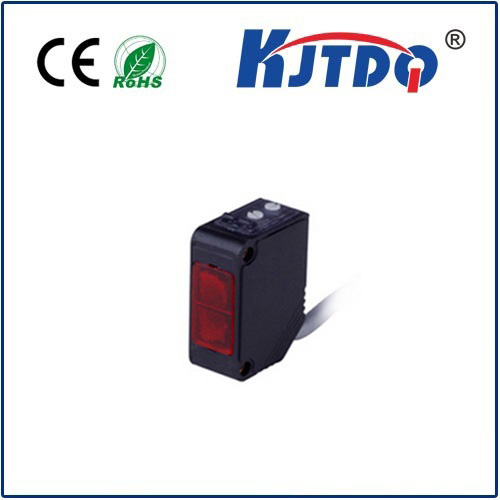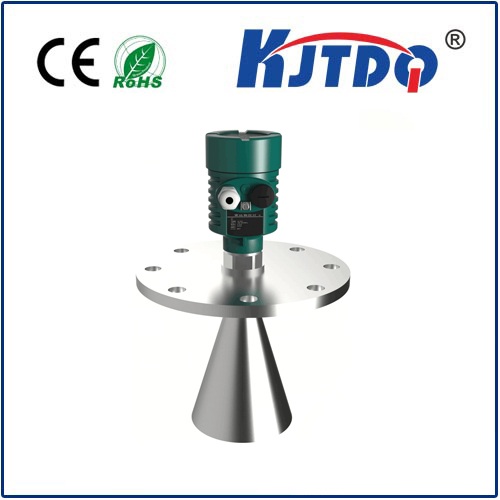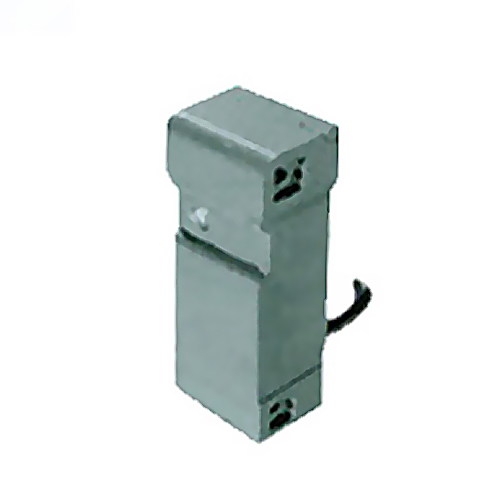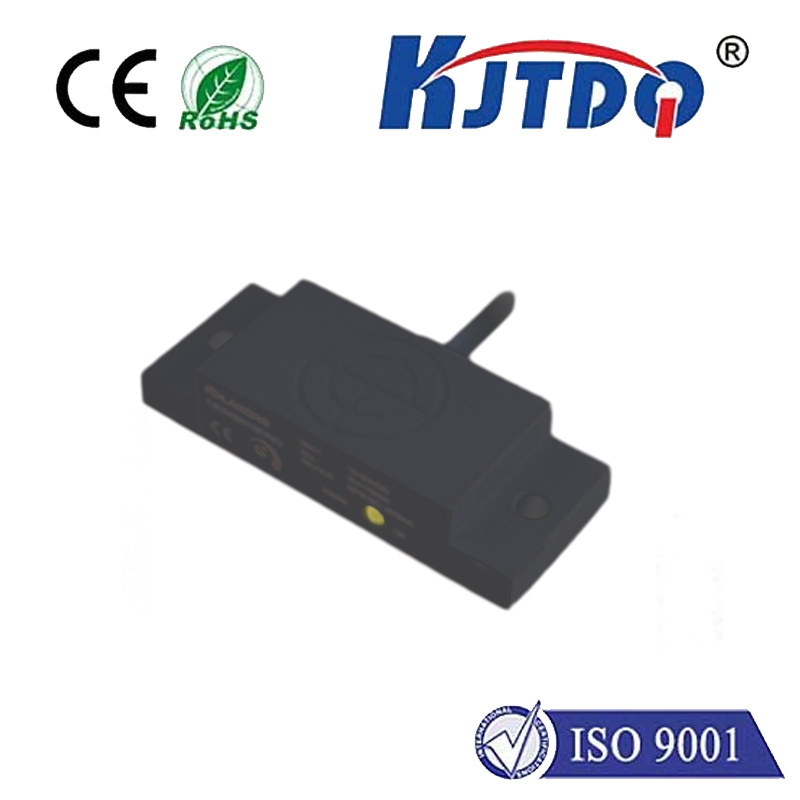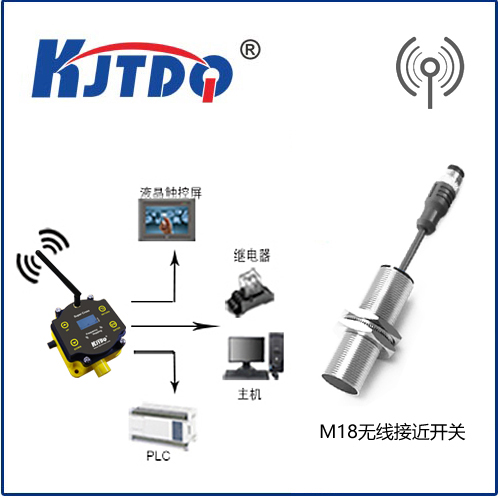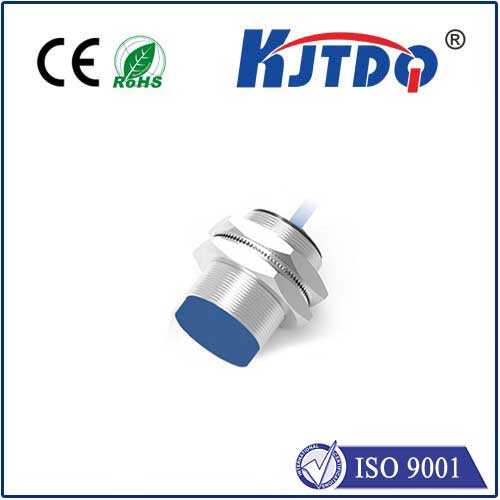corrosion sensor
- time:2025-08-23 00:49:04
- Click:0
Corrosion Sensors: Your First Line of Defense Against Silent Structural Decay
Imagine a vital bridge carrying thousands daily, a chemical plant processing volatile materials, or an aircraft soaring through the skies. Now imagine unseen forces relentlessly eating away at their structural integrity, potentially leading to catastrophic failure, environmental disaster, or tragic loss of life. This is the insidious threat of corrosion – a multi-trillion-dollar global problem silently degrading critical infrastructure and equipment. Detecting corrosion early, before it reaches dangerous levels, is paramount for safety, reliability, and cost management. This is where the increasingly sophisticated technology of corrosion sensors steps into the spotlight as an indispensable tool for modern asset management.
What Exactly is a Corrosion Sensor?
At its core, a corrosion sensor is a device explicitly designed to detect, measure, and monitor the rate of corrosion occurring on a metallic surface or within a specific environment. Unlike visual inspections or destructive testing methods, which offer periodic snapshots, these sensors provide continuous, real-time data on the corrosive conditions. Think of them as electronic “canaries in the coal mine” for metal degradation. They translate the complex electrochemical processes of corrosion (like anodic metal dissolution) into quantifiable electrical signals, such as changes in resistance, potential, current, or electrochemical impedance.

Why Corrosion Monitoring is Non-Negotiable
The consequences of unchecked corrosion are severe:
- Safety Hazards: Structural collapses, pipeline ruptures, pressure vessel failures.
- Financial Losses: Replacement costs for corroded parts, unplanned downtime, product loss, environmental cleanup.
- Operational Disruptions: Unexpected shutdowns in critical processes like energy generation or manufacturing.
- Reputational Damage: Incidents linked to poor maintenance can devastate a company’s standing.
Traditional inspection methods are often labor-intensive, infrequent, and may miss early-stage corrosion or corrosion occurring in inaccessible locations. Corrosion sensors bridge this critical gap by enabling proactive, data-driven maintenance strategies.
How Corrosion Sensors Work: Peering into the Electrochemical Realm
Most modern corrosion sensors rely on electrochemical principles, mimicking the corrosion process itself. Common techniques employed include:
- Electrical Resistance (ER): Measures the increase in electrical resistance of a thin metal sensor element exposed to the same environment as the structure of interest. As corrosion thins the element, its resistance rises proportionally, providing a direct measurement of metal loss.
- Linear Polarization Resistance (LPR): Applies a small, controlled voltage shift to a sensor probe (acting as the corroding metal) and measures the resulting current flow. The polarization resistance is inversely related to the instantaneous corrosion rate. This technique provides rapid, real-time corrosion rate data.
- Electrochemical Impedance Spectroscopy (EIS): Applies a range of small alternating current (AC) frequencies to the sensor and measures the electrochemical response (impedance). The resulting spectrum provides deep insights into corrosion mechanisms, coating degradation, and interfacial properties. It’s highly diagnostic but more complex to interpret.
- Galvanic (Zero Resistance Ammetry - ZRA): Measures the current flowing between two dissimilar metal electrodes connected together and exposed to the environment. This current directly indicates the galvanic corrosion rate occurring between those specific metals in that environment.
- Ultrasonic Thickness (UT) Sensors: Use high-frequency sound waves to measure the remaining wall thickness of pipes or vessels. While not purely electrochemical, automated UT sensors integrated into monitoring systems provide direct thickness loss data critical for integrity management.
Key Applications: Where Corrosion Sensors Make a Critical Difference
The versatility of corrosion sensors makes them vital across numerous sectors:
- Oil & Gas (Upstream, Midstream, Downstream): Monitoring pipelines (internal/external corrosion), tanks, offshore platforms, well casings. Preventing leaks in environmentally sensitive areas is paramount.
- Chemical & Petrochemical Processing: Protecting reactors, heat exchangers, storage tanks, and piping systems handling corrosive chemicals, often under high temperature/pressure.
- Power Generation (Conventional & Renewable): Monitoring boiler tubes, condenser tubes, feedwater systems, flue gas ducts, and critical components in geothermal plants or offshore wind structures.
- Infrastructure: Assessing the health of bridges (rebar corrosion in concrete), tunnels, pipelines (water, sewage), and marine structures exposed to seawater.
- Aerospace: Monitoring aircraft components, particularly those exposed to atmospheric conditions or located in hidden areas like fuel tanks or wing boxes.
- Marine & Shipping: Hull monitoring, ballast tanks, seawater cooling systems – combating the highly aggressive marine environment.
- Water & Wastewater Treatment: Protecting tanks, pipes, and valves from corrosive water chemistry and biofilms.
The Tangible Benefits: More Than Just Detection
Deploying sophisticated corrosion sensor networks delivers significant advantages:
- Early Detection & Prevention: Identify corrosion initiation and accelerated rates long before structural integrity is compromised. This enables timely intervention.
- Transition to Predictive Maintenance: Move away from costly, inefficient schedule-based maintenance to data-driven predictive models. Fix problems only when necessary, optimizing resource allocation.
- Quantifiable Corrosion Rates: Go beyond simple detection; gain actual numbers on how fast corrosion is occurring in real-time, under actual operating conditions.
- Reduced Inspection Costs & Downtime: Minimize the need for frequent, intrusive manual inspections and associated operational shutdowns. Monitor continuously without interruption.
- Enhanced Safety & Risk Mitigation: Dramatically lower the probability of catastrophic failures, protecting personnel, the public, and the environment.
- Extended Asset Lifespan: By managing corrosion effectively, the operational life of expensive infrastructure and equipment can be significantly increased, improving return on investment.
- Improved Process Understanding: Sensors can reveal how factors like fluid chemistry, flow rate, temperature, and inhibitor effectiveness influence corrosion in specific systems.
The Future: Smarter, More Integrated Monitoring
The evolution of corrosion sensor technology is accelerating rapidly. Wireless corrosion sensors enable deployment in remote or hazardous locations without complex cabling. Miniaturization allows integration directly onto components or within confined spaces. Crucially, IoT (Internet of Things) connectivity allows sensors to feed data continuously into cloud-based platforms. Here, advanced analytics and AI algorithms process vast amounts of data, identifying subtle trends, predicting future corrosion behavior, and generating actionable alerts. Integration with broader asset integrity management systems provides a holistic view of equipment health, where corrosion data becomes a vital stream alongside vibration, temperature, pressure, and other parameters. This shift towards intelligent, connected sensing is transforming corrosion management from a reactive chore into a strategic, predictive discipline.
Implementing a successful corrosion monitoring program requires careful selection of the right sensor technology for the specific environment and corrosion mechanism, strategic placement, robust data acquisition, and, critically, expert interpretation of the results. However, the investment is demonstrably worthwhile. As infrastructure ages and operational demands intensify, corrosion sensors are no longer a luxury; they are a fundamental necessity for ensuring safety, optimizing operations, and safeguarding valuable assets against the relentless forces of decay. Choosing and deploying effective corrosion monitoring solutions is an investment in resilience and longevity.






